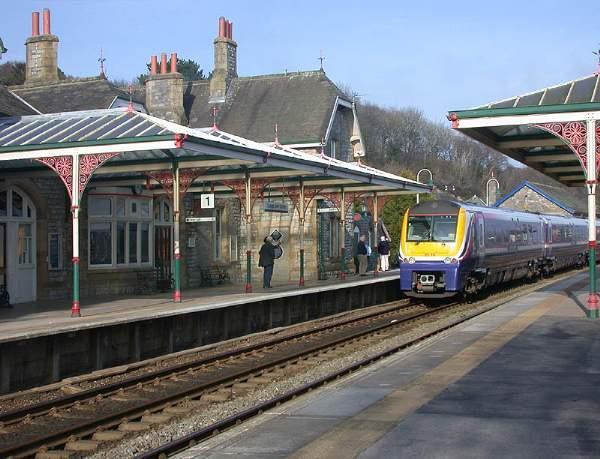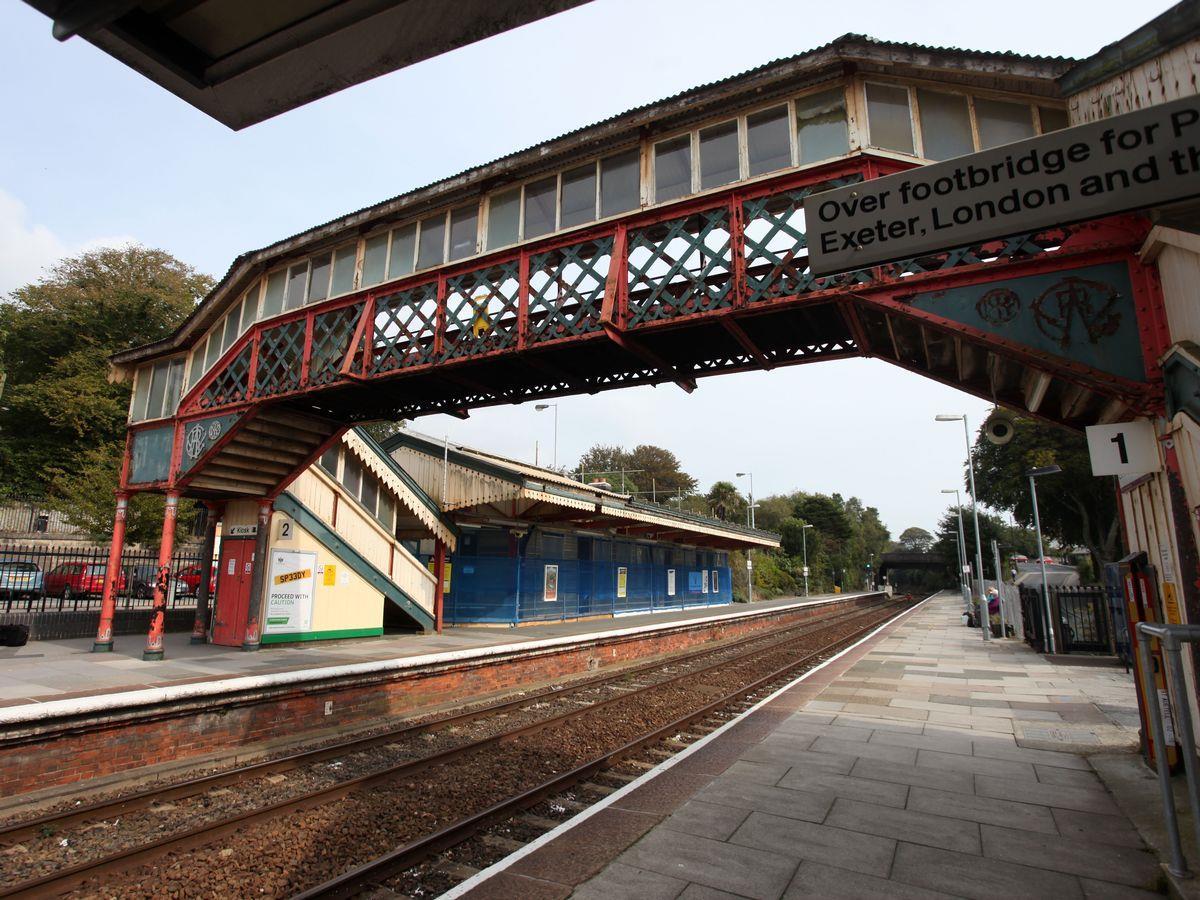As one of the country’s few planned towns, Barrow-inFurness is known for its plentiful Victorian architecture – to date, the Cumbrian town has eight Grade I, 15 Grade II* and 249 Grade II listed buildings.

Barrow-in-Furness station is the larger of two railway stations serving the town, and was once well known for its long-distance sleeper services to London, which eventually stopped in the late 1980s. Built in 1846, the original station building was made from wood and located near St. George’s Square in the centre of the town.
Since then, the station has been rebuilt on several occasions, firstly to replace the wooden station buildings with brick ones in 1863, then to relocate the station to its present site below Abbey Road in 1882 –and finally to repair damage caused by bombing during WWII. Northbound services run hourly to Whitehaven and Carlisle, while services to the south run to Manchester, Buxton and Hazel Grove.

Marylebone station lies in central London, midway between Euston and Paddington within Zone 1. Built in 1899, the station is one of the youngest and smallest mainline stations in London - although having retained its original facade, it has an attractive period look. With no electrified lines, it is also the only London terminal station to receive only diesel trains.
Marylebone runs regular passenger services to the west of England, with destinations including Birmingham, Banbury, Bicester, High Wycombe, Gerrards Cross, Stratford-upon-Avon and Kidderminster. It also serves the Bakerloo line from Elephant & Castle to Harrow & Wealdstone.

As a neighbourhood, Marylebone is an affluent area just north of London's West End, and it has a reputation for good food - you'll find masses of delis and restaurants in the bustling streets around Marylebone High Street, which is a few minutes' walk east of the station, opposite Regent's Park.

Sitting on a hillside just above the picturesque town that it serves, St. Austell station is home to both local and long distance trains, as well as the Night Riviera sleeper service. Dating back to May 1859, the station has seen many renovations over the years, most recently in 2000, when the main buildings were rebuilt to face the town’s bus station.
From there buses travel further into town and out to the countryside – there’s also a shuttle service to world-famous garden attraction The Eden Project. The St Austell stretch of the Cornish Main Line boasts two spectacular viaducts: the 115-foot high St Austell Viaduct (crossing Trenance Valley) and the slightly smaller Gover Viaduct (crossing Gover Valley) – both were originally timber, but rebuilt in stone in the 1890s.
The town is famous for its St Austell Brewery, whose beers are enjoyed across the country, and for the beautiful St. Austell Bay, about two miles southeast of the station.


